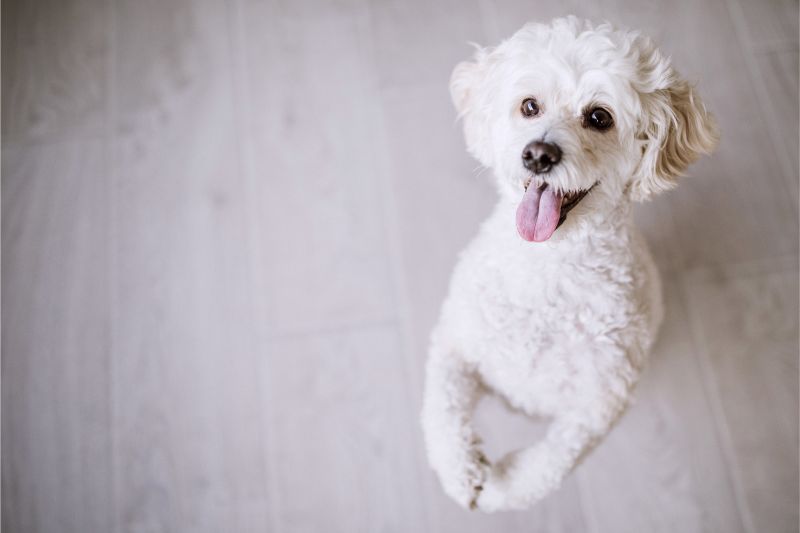
Even people with little to no experience with dogs can recognize the qualities of a “good dog.” They rarely bark or jump up on people, stay off of the furniture, and remember when it’s time to go outside for their bathroom needs. Likewise, “good dogs” don’t run away, chase after wildlife, and do not attack people and other animals.
We’d love to think that dogs are simply born this way, but the truth is, well-mannered dogs have been trained to behave in certain ways around very specific stimuli. Don’t worry—the keys to effective dog training and proper socialization are within reach.
Plays Well With Others
It’s not their fault that dogs are sort of, well, clueless when it comes to the rules of humans. They have to be taught the right ways of doing things. Once they understand the expectations of their people, they can claim their rightful place in the household hierarchy (which may or may not include a spot on the couch!).
More Than Commands
Basic obedience is critical to establishing your dog’s manners. Understanding and demonstrating a mastery of basics, such as sit, stay, down, heel, come, and more, give dogs and their owners a powerful sense of safety and security.
Reward-based or positive reinforcement dog training gives dogs significant pieces of the puzzle. While older training methods relied on punishing bad or unwanted dog behavior, positive reinforcement training offers dogs valuable opportunities to learn the right ways to please their owners. When they behave well, they are given small, but very tasty, treats.
Don’t Waffle
The single most effective way to train a dog is through an unwavering, consistent approach. Owners are tasked with constant awareness and observation of their dog’s behaviors. If you want them to understand that good behaviors equal rewards/treats, it is essential to monitor what they’re doing.
Finally, dog owners must ignore “bad” dog behavior. If they pick up any reaction, including negative attention, the action that you’re not pleased with could inadvertently become reinforced.
Can You Handle It?
Dogs that are handled from a very early age have the capacity to understand various types of interactions. Thus, it’s really important to their social skills to be experienced with human touch, exposure to other animals, certain noises, and various environments (once they’re fully vaccinated, that is!).
Cool, Confident, Comfortable
Dog behavior can sometimes hinge upon how stimuli is framed. If they hear a siren, for example, it may be jarring at first, but they look to their owners for cues. If the owner is calm, they learn that the sound is okay. It may take some soothing and reassurance at first (and fear from specific stimuli may never go away entirely), but dogs have the potential to react in the ways their owners do.
What This Means for Dog Behavior
A dog that receives regular opportunities to learn and show their skills is a happy dog. Generally speaking, dogs that have been trained and socialized are well-adjusted, calm, open, and flexible. Others may be prone to separation anxiety, stress, and discomfort in the presence of strangers.
At Shiloh Veterinary Hospital we are always happy to talk about promising or puzzling dog behavior traits. Please let us know if you have any questions or concerns!
